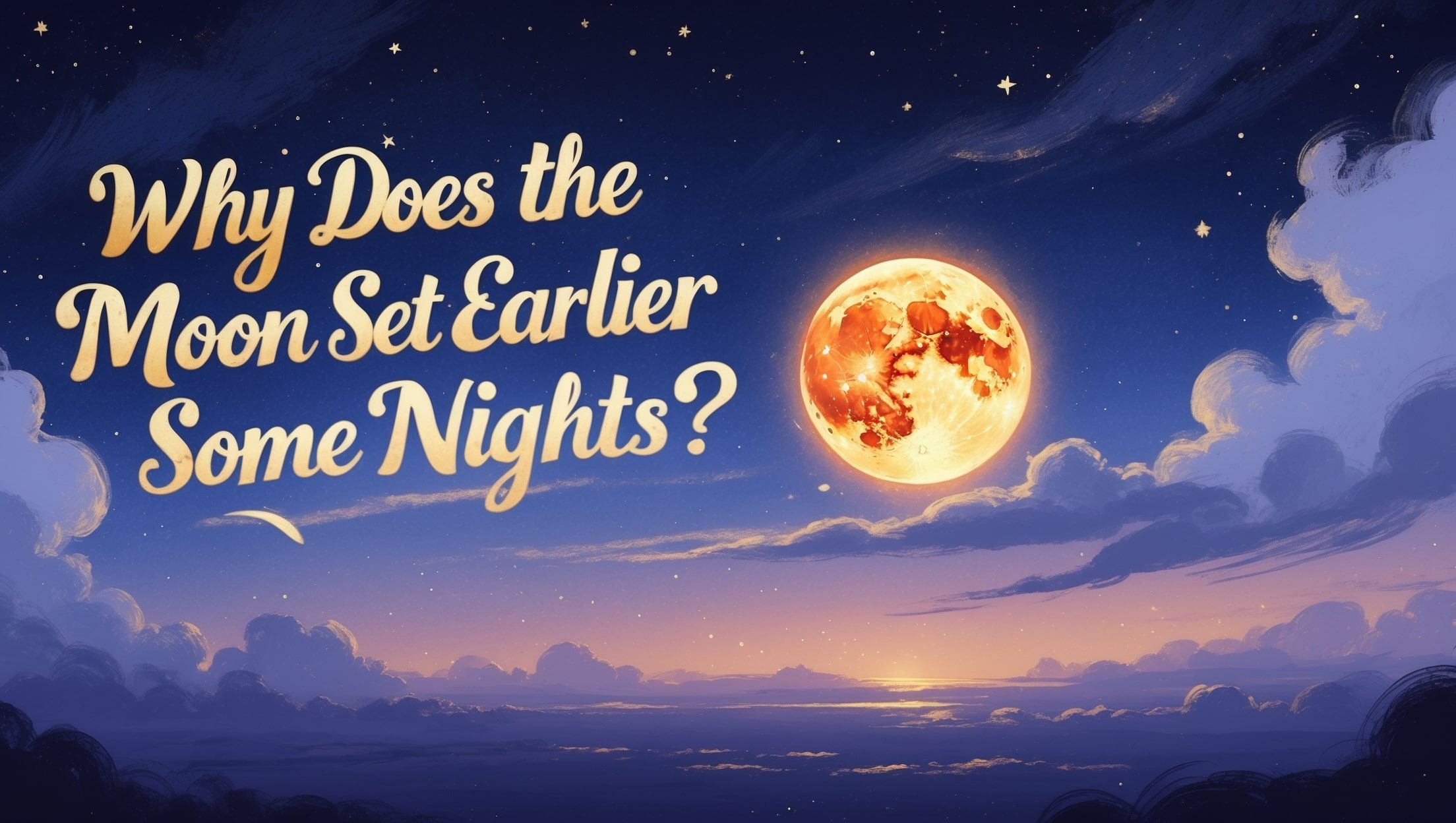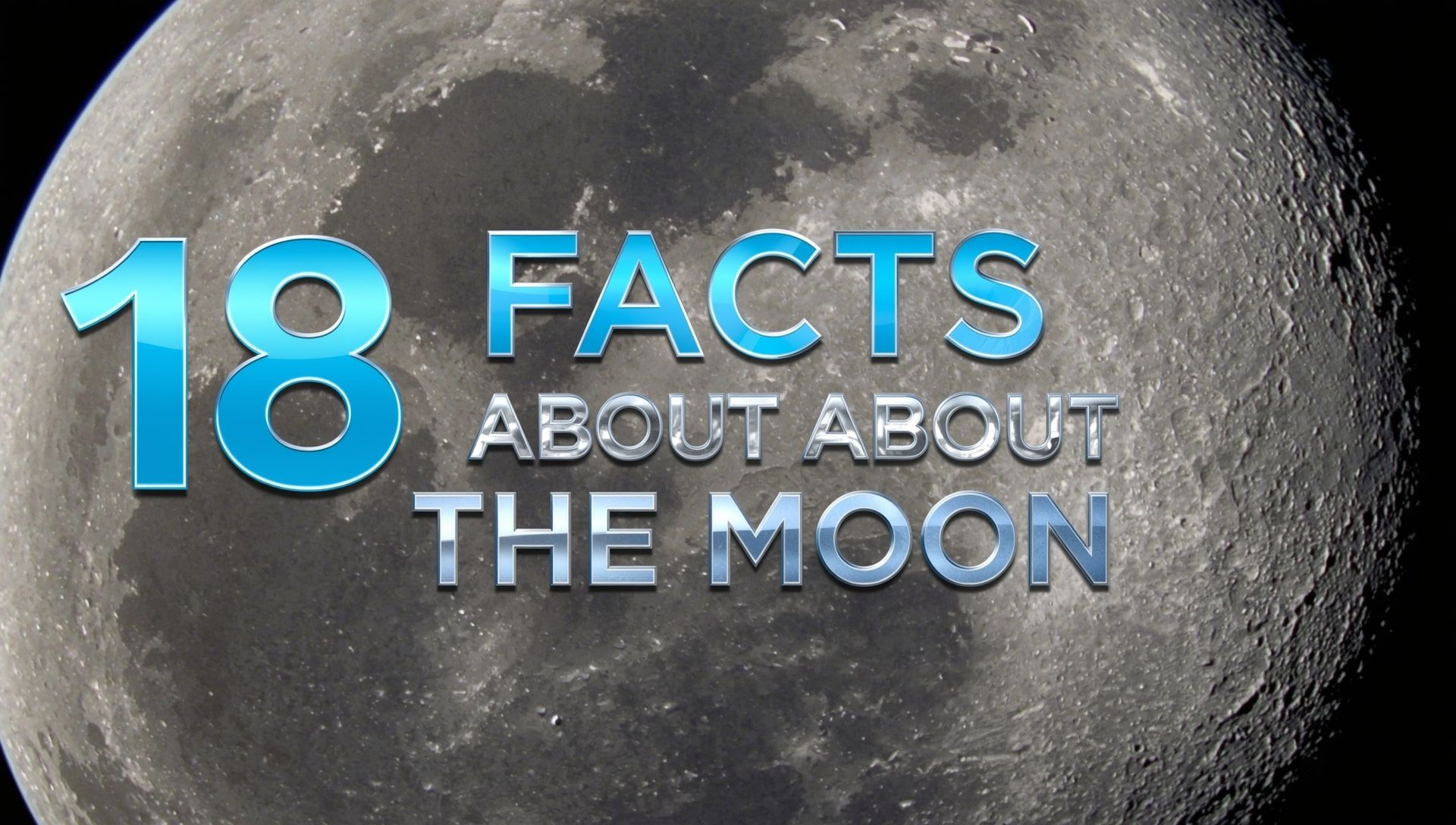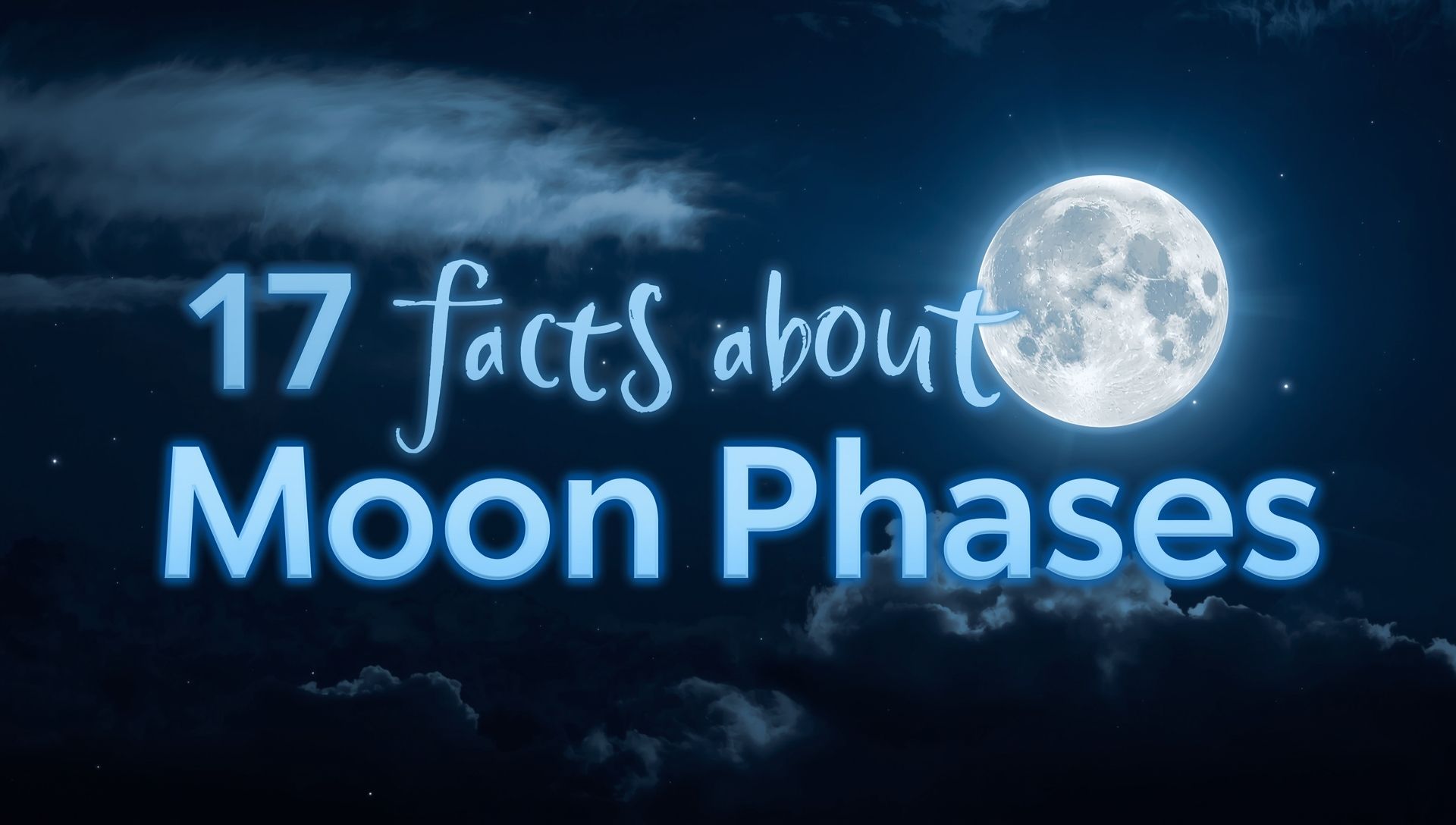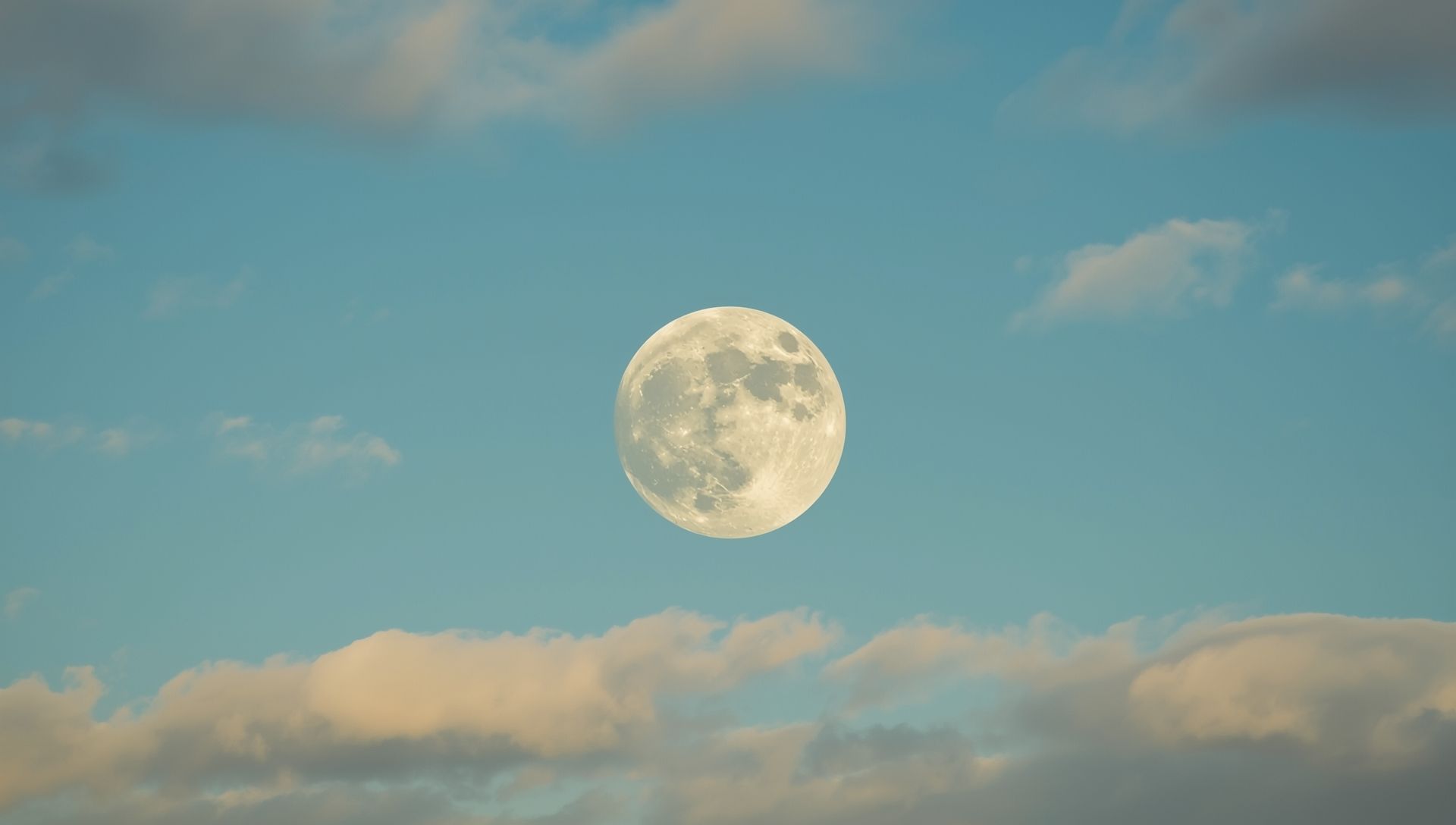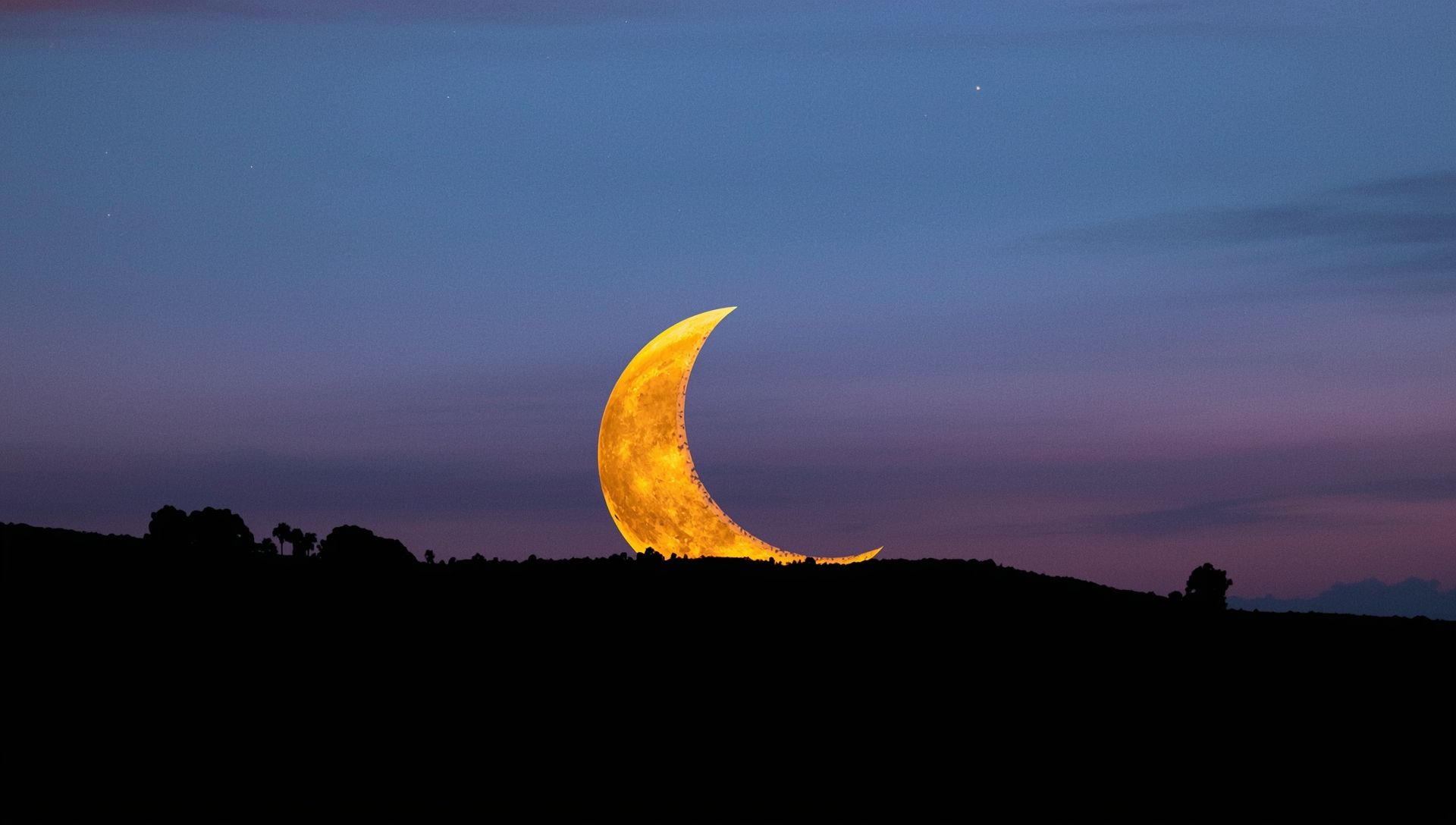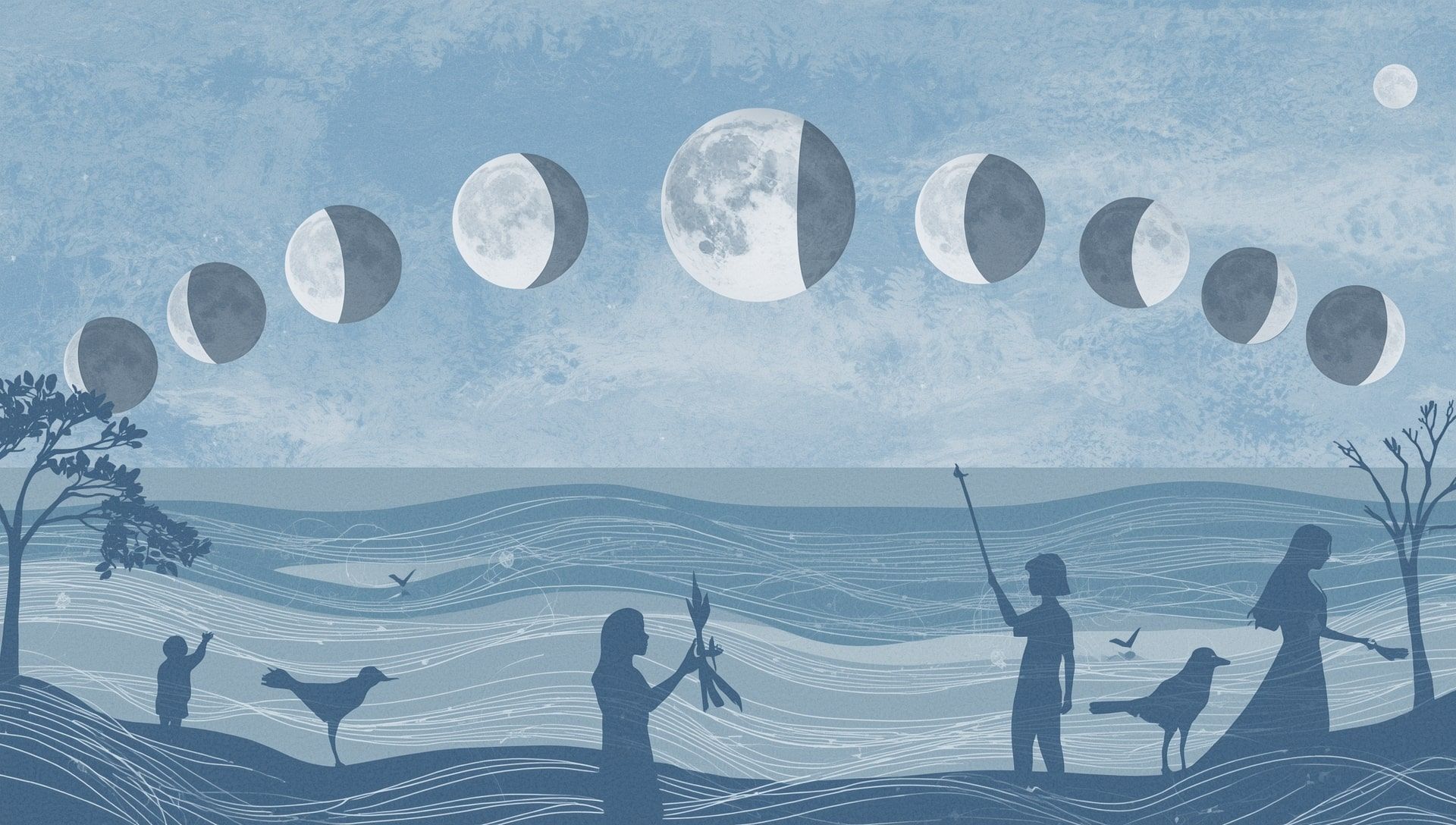You look up one night and there it is, big, bright, and hanging high. The next night? Gone before you even finish dinner. The Moon doesn’t keep a steady bedtime, and there’s a good reason for that. If you’ve ever tracked its timing with a world clock, you’ll notice how unpredictable it can seem from one night to the next.
The Moon Runs on Its Own Clock
The Moon doesn’t follow the same daily schedule as the Sun. Instead, it orbits Earth on a tilted path. This means its rising and setting times shift a little each day. On average, it rises nearly an hour later every night. That change ripples into when it sets, too. For skywatchers, consulting the guide to what causes the Moon to rise and set helps make sense of these changes.
Why Later Rise Means Earlier Set
If the Moon rises later, it also appears lower in the sky by the same time the next evening. That’s why it can vanish earlier, sometimes even before night falls. It’s all about timing and where it is on its journey around Earth. This shifting view is one reason the best places to watch moonrise vary depending on the night.
Things That Make It Seem Even Earlier
Some nights, the Moon seems to disappear too fast. But a few factors can trick your eyes:
- Clouds on the western horizon
- Moon phase making it dimmer or thinner
- Hills or trees blocking your view
- Twilight light making it harder to spot
- Your timing - Just 20 minutes can make a difference, as noted in the explanation of why the Moon sets earlier some nights.
What This Tells Us About the Moon
The Moon isn’t lazy or random. It’s just following the path physics laid out long ago. If it sets earlier some nights, it's because it rose later. That small shift is part of what makes watching it feel so alive. Every night is just a little different, and that’s the quiet magic of looking up. For a deeper appreciation of its movement, explore more about the Moon and how its rhythm shapes our nights.
